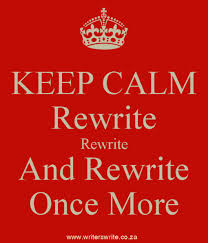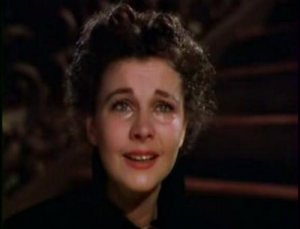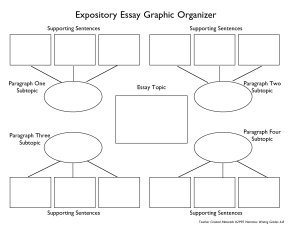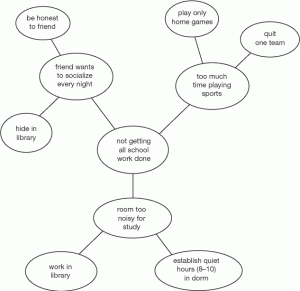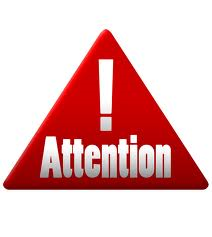We’re coming to the end of another term, so this is the time students give a final spit and polish to their essay. Of course, by this time in the term, you have usually read your essay so many times your – I meant you’re – blind to any errors. Hopefully you’re done with the larger issues in the revision process and now can concentrate on the more detailed issues of line editing.
Instead of simply reading through and hoping to catch any and all errors or inconsistencies, it’s more productive to do a read-through for each section below. Even though you are reading through your essay a few times, you can read through faster when you are only concentrating on one aspect of editing.
Checklist:
Works Cited
1. The words, Works Cited, should be at the top of the page, not bolded, not italicized, and double spaced between the title and first entry.
2. Make sure all entries are closed with a period.
3. Make sure the entries are in alphabetical order.
4. Entire page double spaced.
5. Hanging indent, with the second line and subsequent lines of each entry indented.
6. Check multiple authors on the same entry. Only the first author’s name is inverted.
7. Multiple works by same author, use – – – (3 hyphens) instead of repeating name and list titles alphabetically.
8. For online articles or periodicals, if no author, list by title.
9. Make sure you’ve added “Print” or “Web” at the end of each citation.
10. Make sure Works Cited is paginated with essay (if essay is 10 pages long, Works Cited will be page 11).
In-text citations:
1. Make sure every citation is linked to an entry on the Works Cited page.
2. Make sure every direct quote has an attributive tag.
3. Check that all summaries and paraphrases are cited.
4. Make sure the punctuation is correct. The period goes AFTER the parentheses.
5. Make sure the quotation marks are in front of the parentheses. The citation is not part of the quote but it IS part of the sentence.
6. A quote by someone other than the author should have
(qtd. in …).
7. If you have a quote over 4 typed lines, it should be blocked (do not use this often). Blocked quotes have no quotation marks.
8. Move the period in FRONT of the parentheses on blocked quotes.
9. Blocked quotes are introduced with a complete sentence followed by a colon.
10. When the title is quite long, use an abbreviated version for the in-text citation (Ex: Glossary of Terms Used in Heraldry = Glossary) followed by page number. (Note: you would NOT use Heraldry, as you must use the first word so it correlates to Works Cited entry.)
Grammar & Punctuation
1. Run spellcheck and correct any errors.
2. Make sure all sentences are complete, checking for fragments or comma splices.
3. Make sure you know why you are inserting commas.
4. Make sure you use a comma after introductory phrases.
5. If your sentence begins with “there is” or “there are,” revise to eliminate this weak phrasing.
6. If you use “not only,” you MUST use “but also” along with it. That’s a rule; those are called correlative conjunctions.
7. Check for overuse of “is” as a verb and see if you can replace it with a more concrete verb.
8. Edit out “we, our, us, you,” unless your instructor has said it is okay to use pronouns.
9. If you are referring to a person, use “who” in clause structures (not “that”).
10. Run an “Edit” and “Find” on words you confuse, such as then and than or were and where, making sure you are using them in the correct context.
Of course, this is an abbreviated list. Your instructor might have his or her own checklist of their personal preferences. Taking time to spit and polish one last time before you hand your essay over might make the difference between an okay grade and a WOW! grade. Don’t rely on someone else, including the Writing Center staff, to edit your writing. Learn to read carefully and catch your own mistakes. It’s worth the extra effort.

